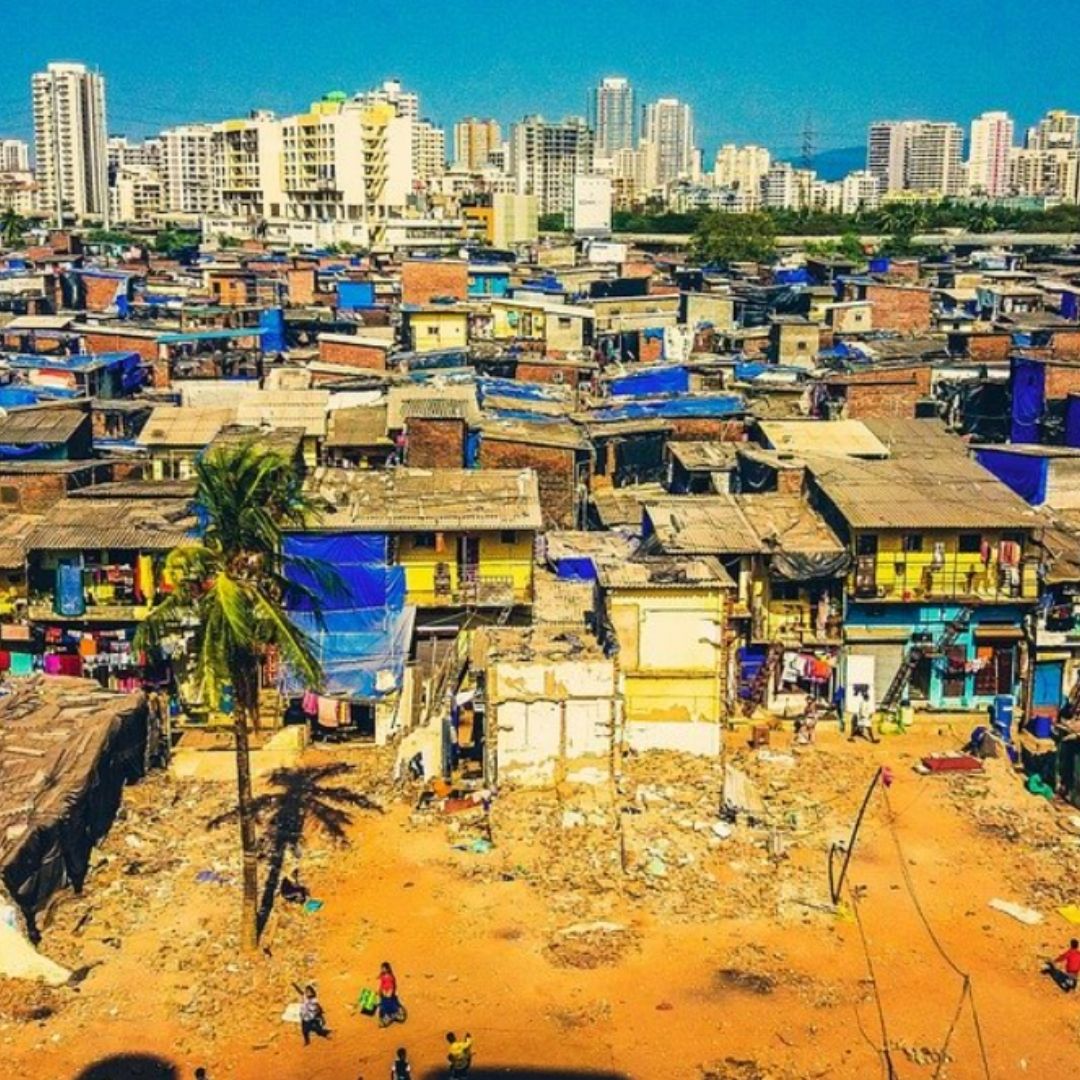
Image Credit: Pixabay
Mumbai's Built-Up Area Increases, Leads To 2 Degree Rise In Temperature
Writer: Ratika Rana
Her primary objective is to inform, promote, educate and cultivate readers through writing.
Maharashtra, 19 Oct 2021 10:35 AM GMT
Editor : Ankita Singh |
A literature lover who likes delving deeper into a wide range of societal issues and expresses her opinions about the same. Keeps looking for best-read recommendations while enjoying her coffee and tea.
Creatives : Ratika Rana
Her primary objective is to inform, promote, educate and cultivate readers through writing.
From 1991 to 2018, Mumbai witnessed a 2-degree Celsius rise in temperature, while the built-up area of the city rose by 66 per cent during the same period.
A new study showed that Mumbai witnessed an increase in temperature by 2-degree Celsius in 27 years, and the built-up area in the city has risen by 66 per cent during the same period. The study was published by Jamia Milia Islamia University, Osmania University and Aligarh Muslim University. Titled 'Urban Heat Island Dynamics in Response to Land-Use/Land-Cover Change in the Coastal City of Mumbai', it was published in the peer-reviewed Springer Journal of the Indian Society of Remote sensing and mentioned that the intensity of urban heat islands is expected to increase in the coming times, keeping in mind the pace of urbanization and landscape transformation in Mumbai.
What Are Heat Islands?
Heat islands can be defined as the urbanized areas that experience higher temperatures than the underlying or rural areas. Concrete structures like roads, buildings and other infrastructure are more likely to absorb and re-emit the sun's heat than other natural landscapes. Therefore, urban areas that are highly concentrated and have a little green cover become islands of high temperatures.
The Indian Express quoted Akshay Deoras, an independent meteorologist and PhD student at the University of Reading in England, "The resulting discomfort due to the heat island effect is often amplified in Mumbai due to the highly moist weather condition. During October, the heat index in the city often touches 45 degrees Celsius, even as the actual maximum temperature might be hovering around 35 degrees Celsius. This is because the relative humidity in the city can be at 60 per cent.
City Lost 81% Of Barren Land
The study also revealed that the country's financial capital had lost 81 per cent of barren land that did not have any vegetation cover, 40 per cent of green cover, that is, forest and scrublands and 30 per cent of its water bodies. A professor from Jamia Milia University said that the rise in heat in Mumbai's temperature is linked to the declining green cover of the city.
Also Read: India's Mega Projects! Chenab Bridge Is All Set To Be World's Highest Rail Bridge
 All section
All section














